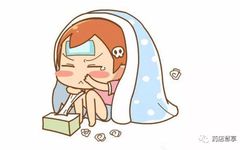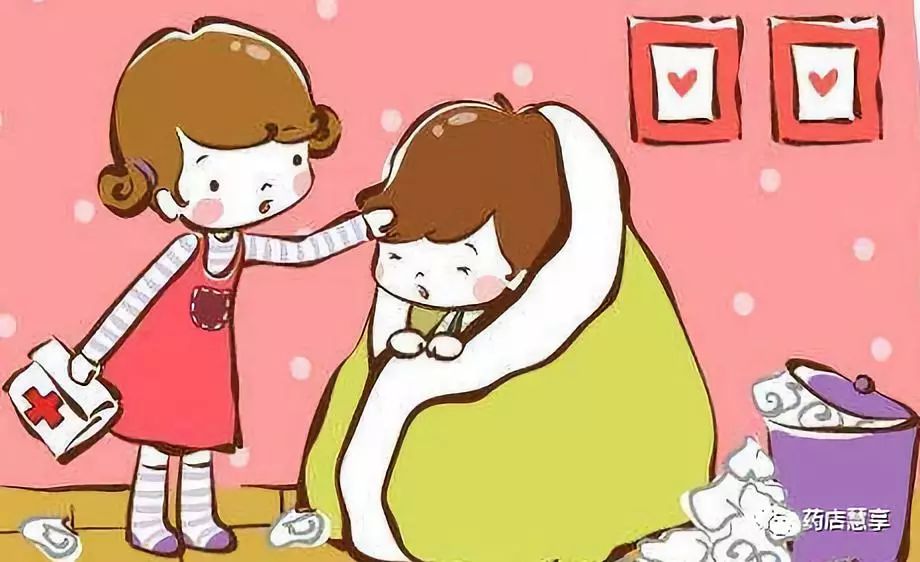
Common colds are frequent minor illnesses. Many people think that simply going to the pharmacy to get some medicine will suffice. However, this is not the case, as colds can be classified into Wind-Cold and Wind-Heat types. If the type of cold is not determined, taking medication blindly may worsen the condition. Wind-Cold common cold is a common ailment in daily life, with typical symptoms including nasal congestion, runny nose, cough with phlegm, and body aches.Generally, we can seek medical attention, take medication, or use dietary supplements to alleviate symptoms.However, some individuals may not fully understand the symptoms of Wind-Cold common cold and may confuse it with other conditions.Let’s learn about the symptoms of Wind-Cold common cold, professional combination treatments, and precautions together!
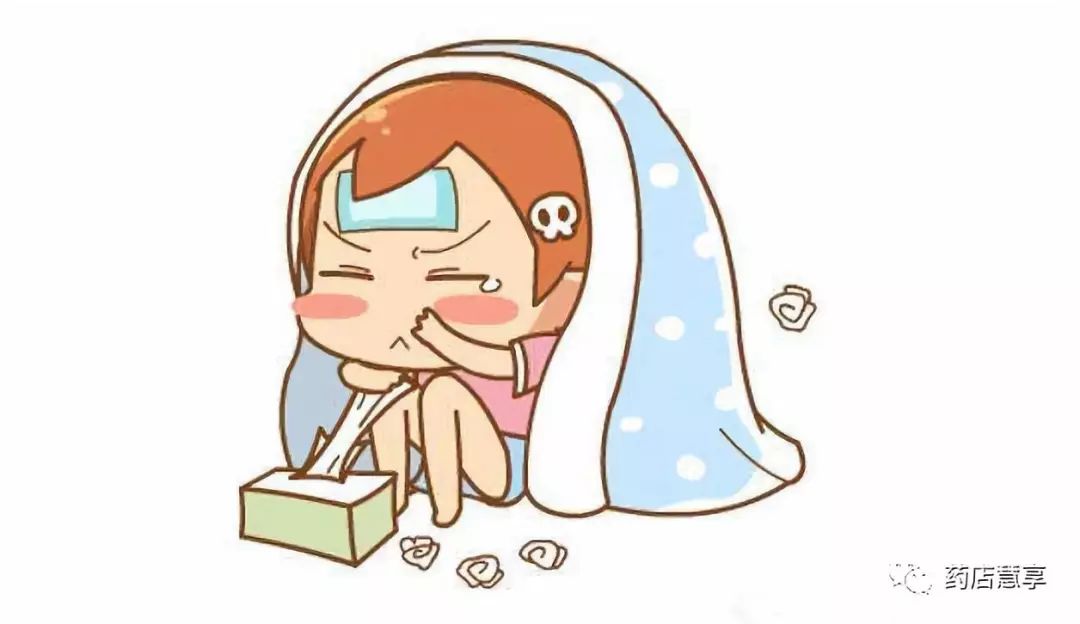
[Symptoms of Wind-Cold Common Cold]
1. Occipital pain
This refers to pain in the back of the head, accompanied by stiffness in neck movement.
2. Aversion to cold and wind
Usually, one needs to wear many clothes or cover with a thick blanket to feel comfortable.
3. Sneezing
Clear nasal discharge, white or slightly yellow; nasal congestion with a heavy sound. If nasal congestion occurs without a runny nose, drinking hot water may trigger a runny nose, which also indicates Wind-Cold common cold.
4. Tongue coating symptoms
The tongue may have no coating or a thin white coating.
5. Chills
No fever or mild fever, no sweating, with body aches. In Wind-Heat common cold, phlegm is white and thin, and the tongue coating is thin and white.
6. Pulse is floating and tight
A floating pulse indicates that Yang Qi is on the surface and can be easily felt.
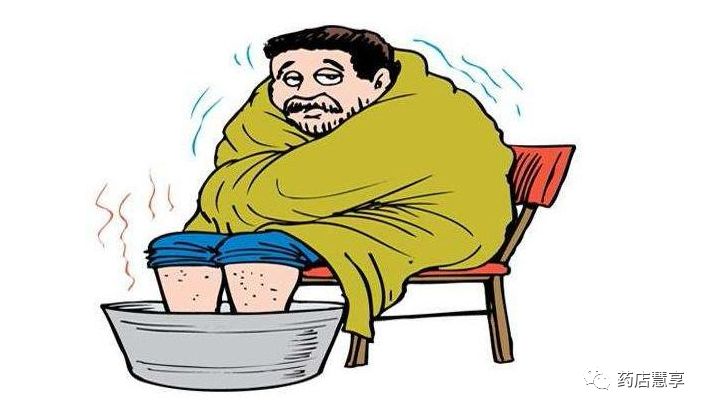
[Professional Combination Treatments]
General Treatment
Use warming and dispersing methods to release the exterior and disperse cold. The key to treating Wind-Cold common cold is to induce sweating, known in TCM as warming and releasing the exterior. There are many methods, including sauna, soaking feet in hot water (preferably with some alcohol), covering with a thick blanket, drinking ginger syrup, or ginger porridge.
Western Medicine Treatment
In Western medicine, there is no distinction between Wind-Cold and Wind-Heat; often, different symptoms are addressed with combination formulations. Aspirin, acetaminophen, and ibuprofen are used for fever and pain relief, while pseudoephedrine and chlorpheniramine maleate relieve runny nose and sneezing symptoms. Dextromethorphan is used for cough suppression, and amantadine is effective against cold viruses, particularly type A influenza. One can choose suitable combination formulations based on their symptoms. The notable feature of OTC Western medications for colds is their rapid effect in controlling symptoms, but they may be less effective against viruses, particularly for sore throat relief.
Traditional Chinese Medicine Treatment
For TCM, Wind-Cold common cold can be treated with Ganmao Qingre Granules, Zheng Chaihu Decoction Granules, Ganmao Shufeng Tablets, Wind-Cold Common Cold Granules, and Ginger Jujube Cold-Expelling Granules. Generally, individuals with stronger immunity can benefit from these medications.
Combination Treatments for Corresponding Symptoms
1. Wind-Cold Common Cold with Cough
Example of combination treatment: Wind-Cold Common Cold Granules + Cough Relief Capsules
Reason for combination
Wind-Cold Common Cold Granules release the exterior and induce sweating, used for Wind-Cold common cold with fever, headache, chills, no sweating, cough, nasal congestion, and clear nasal discharge; Cough Relief Capsules can suppress cough, expel phlegm, and relieve wheezing, used for cough with cold phlegm and chronic bronchitis.
2. Wind-Cold Common Cold with Headache
Example of combination treatment: Wind-Cold Common Cold Granules + Chuanxiong Chaotong Pills
Reason for combination
Chuanxiong Chaotong Pills clear heat and detoxify, disperse wind and relieve pain, used for exterior wind invasion causing aversion to wind and fever, unilateral or bilateral headache, nasal congestion, and toothache; Wind-Cold Common Cold Granules disperse wind and cold, making this combination suitable for headache due to exterior wind-cold invasion.
3. Wind-Cold Common Cold (Sore Throat, Itchy Throat)
Example of combination treatment: Pudilan Anti-Inflammatory Tablets + Ganmao Qingre Granules
Reason for combination
Pudilan Anti-Inflammatory Tablets clear heat and detoxify, anti-inflammatory and reduce swelling, used for boils, pharyngitis, and tonsillitis; Ganmao Qingre Granules disperse wind and cold, release the exterior and clear heat, used for Wind-Cold common cold with headache, fever, chills, body aches, clear nasal discharge, cough, and dry throat.
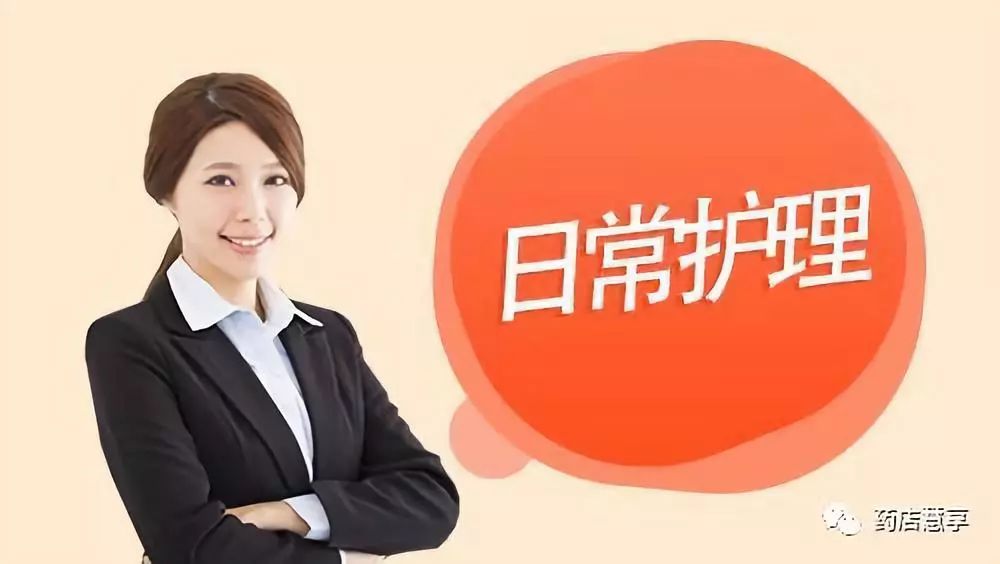
[Precautions]
1. Take Vitamin C
This can shorten the duration of a cold and alleviate symptoms such as cough and sneezing.
2. Keep Warm
Take hot baths, rest more, and conserve energy for recovery, while avoiding complications.
3. Eat Lightly
Avoid fatty foods, meats, and dairy products; consume more fresh fruits to reduce bodily stress.
4. Drink Plenty of Water
Replenish important fluids lost during a cold and help eliminate harmful impurities.
5. Avoid Smoking
Smoking interferes with the ciliary activity that fights infections.
6. Be Mindful of the Environment
Avoid crowded public places and maintain moderate, regular outdoor exercise to enhance immune function.

By the way, after reading the article, remember to click the card below.
Follow me!~👇👇👇


